How does the Venus Flytrap rank in name recognition compared to other well-known plants such as poison ivy in popular culture?
The Venus Flytrap is a well-known and recognizable plant in popular culture, particularly in the context of horror or science fiction. It has appeared in numerous films, TV shows, and books as a symbol of danger, carnivorous plants, or alien life forms.
One of the earliest references to the Venus Flytrap in popular culture is in the 1960 film “Little Shop of Horrors,” in which a man-eating plant named Audrey II becomes a central character. Since then, the Venus Flytrap has appeared in various media, including movies like “Jumanji” and “The Day of the Triffids,” TV shows like “The Simpsons” and “Doctor Who,” and video games like “Super Mario Bros.” and “Plants vs. Zombies.”
The Venus Flytrap has also become a popular subject in art, literature, and music. It is often used as a symbol of predatory behavior or as a metaphor for the dangers of human desire.
The Venus Flytrap and Poison Ivy are both well-known and recognizable plants in popular culture, but for different reasons.
The Venus Flytrap is often portrayed in popular culture as a carnivorous plant with the ability to trap and consume small prey. It is commonly associated with horror and science fiction genres, where it has appeared in numerous movies, TV shows, and books.
On the other hand, Poison Ivy is known for its toxic oil, which can cause a painful and itchy rash in humans who come into contact with it. It is often used as a symbol of danger and poison in popular culture, and has appeared in various media, including movies, TV shows, and comic books.
While both the Venus Flytrap and Poison Ivy are recognized and appreciated for their unique characteristics, they hold very different places in popular culture. The Venus Flytrap is admired for its carnivorous adaptations and striking appearance, while Poison Ivy is feared for its toxic effects on humans.
Overall, the Venus Flytrap ranks high in recognition in popular culture, particularly in the context of horror and science fiction. Its unique carnivorous adaptations and striking appearance have made it an intriguing subject for artists and storytellers alike.

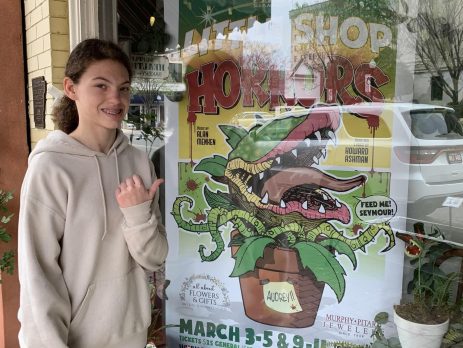
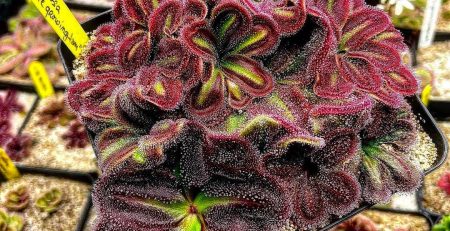
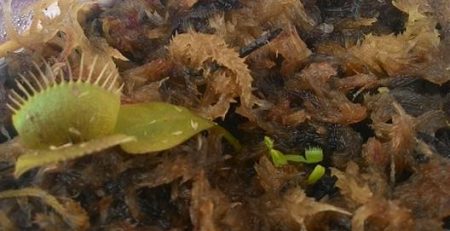
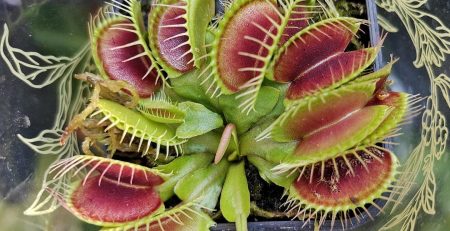
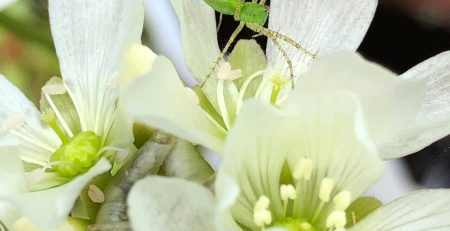
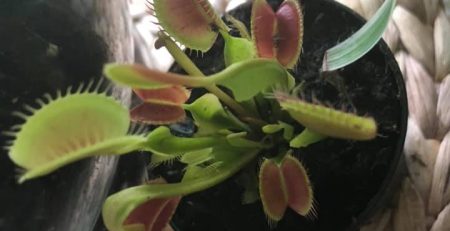
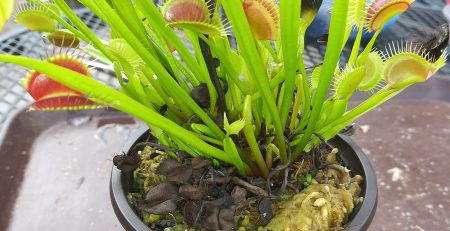
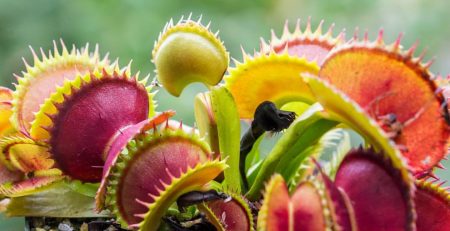
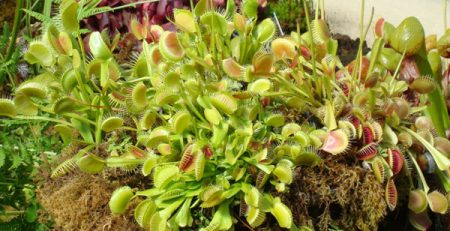

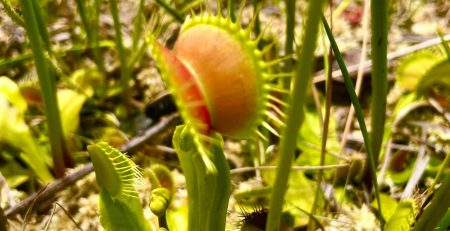
Leave a Reply
You must be logged in to post a comment.